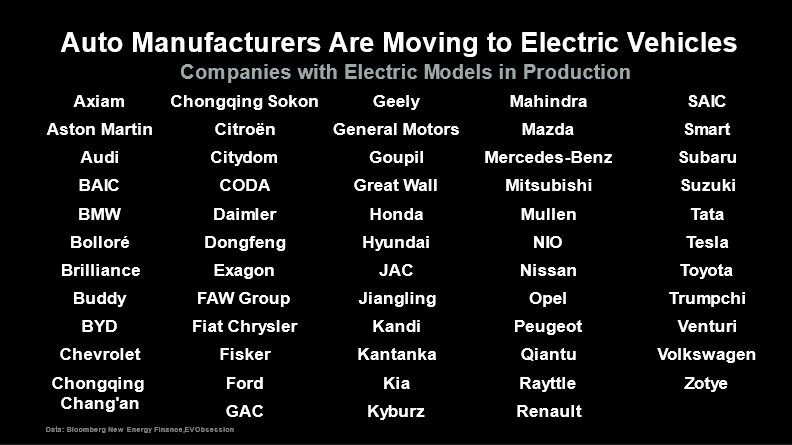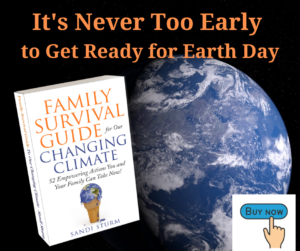In 2017 I was accepted to attend my first Climate Reality Leadership training and attended at least one every year since then. During the presentations by former Vice President Al Gore, I learn about all the catastrophes, but also about all the great things that are happening around the world. These are things we do not normally see broadcasted.
Here are some broad climate friendly trends that should give you hope and demonstrate that we can do this!
Renewables:
Wind and solar energy have become the cheapest power source in most places on earth. We get as much energy from the sun every hour as the entire global economy uses in a full year. Wind energy has the potential to supply enough world energy 40 times over. Battery storage is a key factor in transitioning to cleaner energy sources, and the prices of batteries have gone down while installation has gone up. It’s an exciting time to be here as witness to this transition.
Wind
In 2000 it was projected that wind energy might reach 30 gigawatts by 2010. We have exceeded that amount 24 X in 2020.

Solar
Solar has an even more exciting story. In 2002 it was projected that by 2010 we would grow by one gigawatt per year. But in 2010 that number was exceeded 17 times over. In 2020, 132 times over.
Globally, the cost of solar PV has fallen by 99% over the last four decades. In 1976 you would pay over $79 per watt – in 2020 that costs has dropped to $0.20 per watt.

Battery Storage
California has been a leader in energy storage. In 2021 it brought online some of the largest battery projects in the world, including the Moss Landing and Gateway projects. Prices continue to come down and as a result, capacity will continue to climb.
Transportation
One thing that is exciting for me is to see electric vehicle commercials on television shows. That makes it real and accessible to millions of people.
Sales of electric vehicles are growing faster and will continue to do so. The first million electric passenger cars took five years to sell. The second million sold in 17 months, and six months to advance from 3 million to 4 million electric passenger cars. Global sales rose 6% (over 2 million vehicles) from 2018 to 2019. In 2019, 90% of sales came from China (over 1 million), Europe (560,000), and the US (326,000).
Though the total volume of electric vehicles (EVs) is still low compared to traditional fossil fuel-powered vehicles, the number of EV drivers is growing steadily.

As of 2020, 17 countries and California have set targets for phasing out internal combustion passenger vehicles. Auto manufacturers have also set some historic goals. Volvo states that by 2030 all their passenger vehicles will be electric. General Motors has the same goal by 2035 and by 2025 they will have 30 new electric vehicles in their line.

Food:
Larger food manufacturers are trying to get a better understanding of their supply chain and have made commitments to stop deforestation. About 80% of trees cut down in the tropics are cleared to grow commodity crops like palm oil, cattle, or soy. This is sometimes a very difficult task as large supply chains are very complex and difficult to manage.
Mars company has been successful in mapping its palm-oil supply chain. When they originally traced the chain, they discovered that the oil came for 1,500 different mills. They felt that number of mills was too difficult to manage sustainably and now only have 87. They use satellite imagery to monitor land use on those plantations to make sure no new forests are cut down.
Follow the money
In early 2020 nearly 1,200 institutions around the world with over $14 trillion in assets, pledged to divest from coal, oil, and gas companies. The International Energy Agency reports that clean energy investment was relatively resilient during the 2020 economic downturn.
Return on investments for Energy projects (how much energy a source will produce compared to how much energy it takes to extract or develop the source) for fossil fuels is getting lower and lower, especially as easily accessible fossil fuel resources become exhausted. Return on investment for renewables are predicted to increase as more infrastructure is put into place, which will in turn strengthen the case for investing in renewables.

This is a small sampling of the many reasons why we should have hope and continue to do what we can to reduce the use of fossil fuels, advocate for renewable energy, and celebrate those companies that are trying, and succeeding, to make changes towards sustainability.










